If you have ever wanted to learn more about various types of grains, you are in the right place. Today let’s talk about hard and soft white wheat.
I get asked a lot of questions about the difference between certain grains. When teaching people how to make bread, it comes up often! This series on grains will hopefully unlock some of the mystery behind them and the ones I use.
Starting off with hard and soft white wheat seemed like the most logical course to take. Hard white wheat is one of the most widely used for bread.
Hard red wheat may also be used for bread, but is an acquired taste because of its very distinctive, almost bitter flavor. This flavor comes from the pigment in the wheat.
Common wheat is also distinguished by spring or winter wheat. Winter wheat is planted in the fall, comes up into grass and then enters a dormant phase over the winter, heading out for a summer harvest. Spring wheat is planted every spring and heads out for harvest by the end of summer along with the winter variety.
Hard White Wheat
This wheat has a very notable feature that makes it different from its soft counterpart. The difference in the two grains lies in genetics and the interaction of genetics and growing conditions. Hard white wheat kernels have a layer of protein built around each tiny starch granule. This protein turns to gluten as the dough is mixed.
This is important to note because when making bread, gluten is a key player. Gluten traps the tiny gas bubbles produced by the yeast as bread rises, making the loaves nice and light.
Gluten has received a terrible reputation over the past few years, but it really isn’t its fault that so many people are having issues. The fault lies in the way we PREPARE bread, not allowing the gluten to break down and become more digestible and easy on our systems. This is where natural yeast comes in, but I will stick with grains on this post 🙂
Hard white wheat is prized around the world because of this feature. Its high protein content makes it excellent for bread. It makes good strong flour, which is what bread makers adore!
Soft White Wheat
The sister of hard white wheat is soft. Soft white wheat doesn’t have as high of a protein content, but has a richer flavor than hard white. It is AMAZING in muffins, cakes, cookies, pastries, etc. It is sold for commercial cereal production as well.
This is the wheat variety that we grow on our farm! So yes, I can get my own and grind it for cookies and pies or whatever. When you see a recipe calling for “pastry flour,” it is referring to soft white wheat.
If you want the flavor of soft white wheat in your bread, it can be cracked and added to your dough made from hard white wheat flour.
Keep in mind that even within the distinctions of hard or soft white wheat, there are many varieties with varying protein contents. I have used a few different varieties of hard white for my bread and found one that worked better for me than the others because it had a slightly higher protein.
The all purpose flour found in the grocery store will vary quite a bit as well, because of differences in protein content. For example, wheat grown in and milled in the southern states tends to have a lower protein content because it’s typically used for biscuits, cobblers, and pie crusts. You cannot make good bread with such flour.
I want to further address what all-purpose flour is another day to give it its own space.
As a quick re-cap:
HARD white wheat — > BREAD
SOFT white wheat — > pastries, cakes, muffins, quick breads, etc.

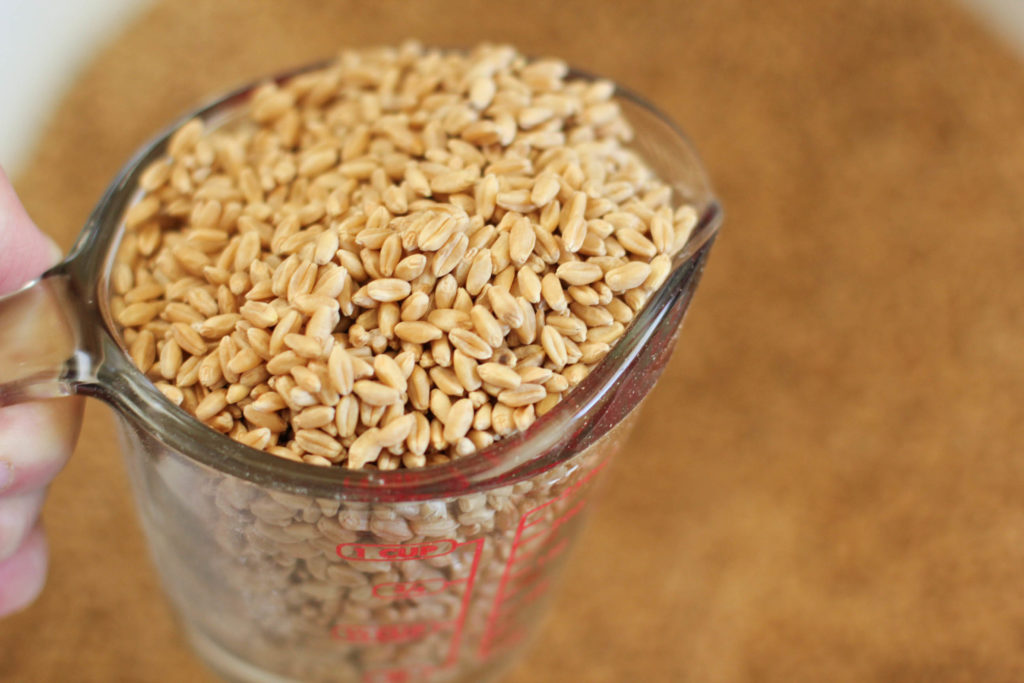
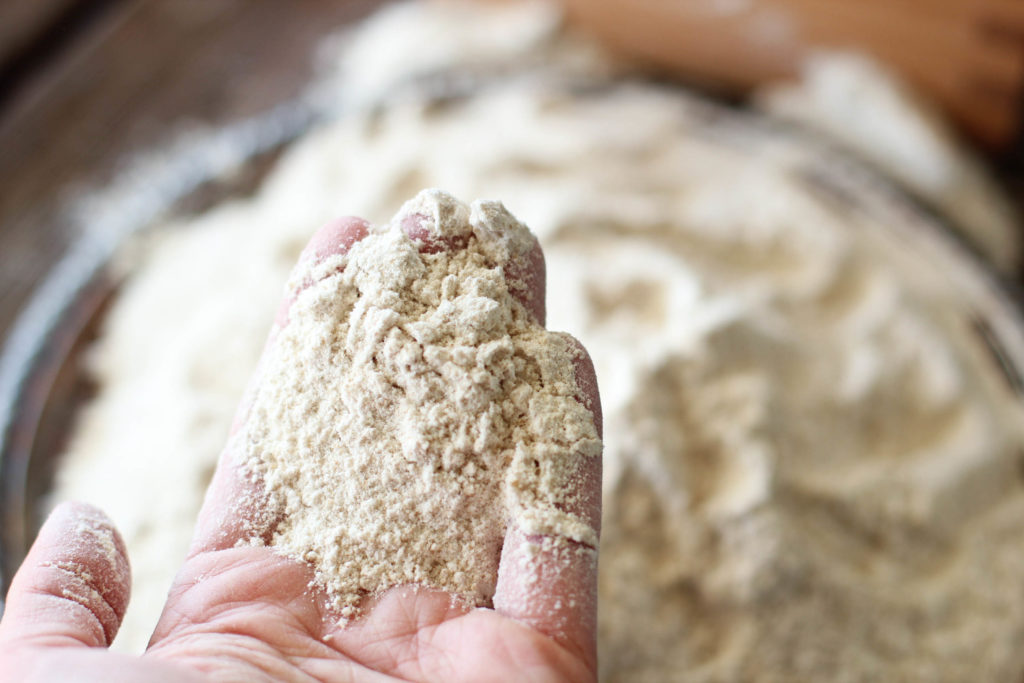
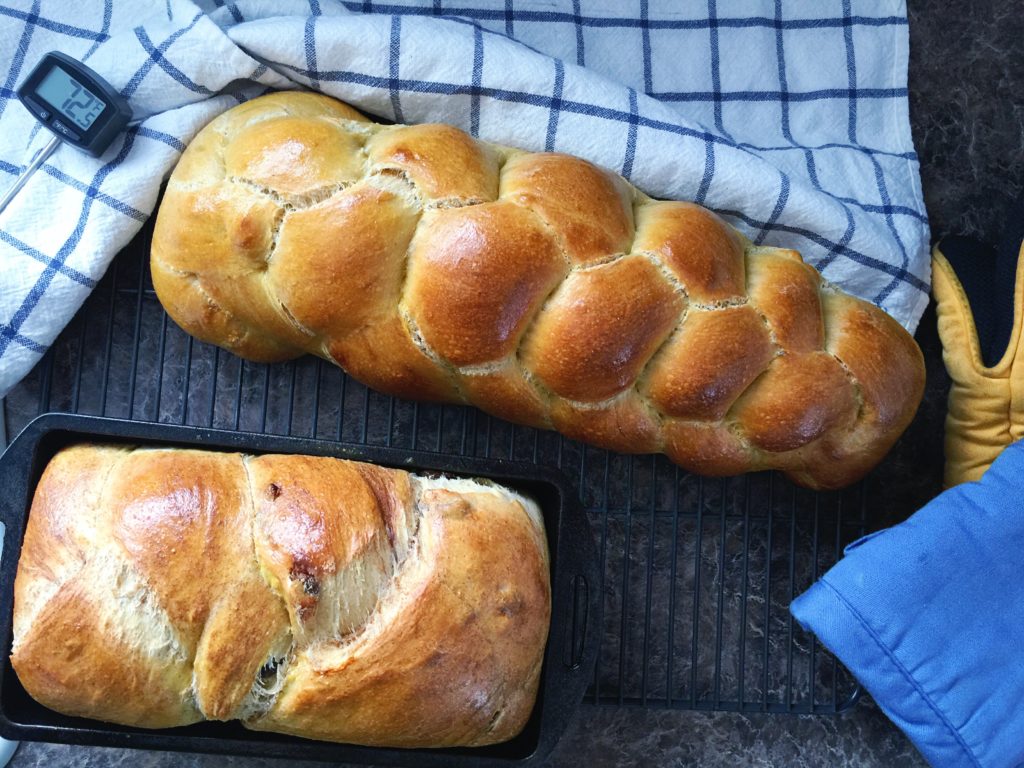
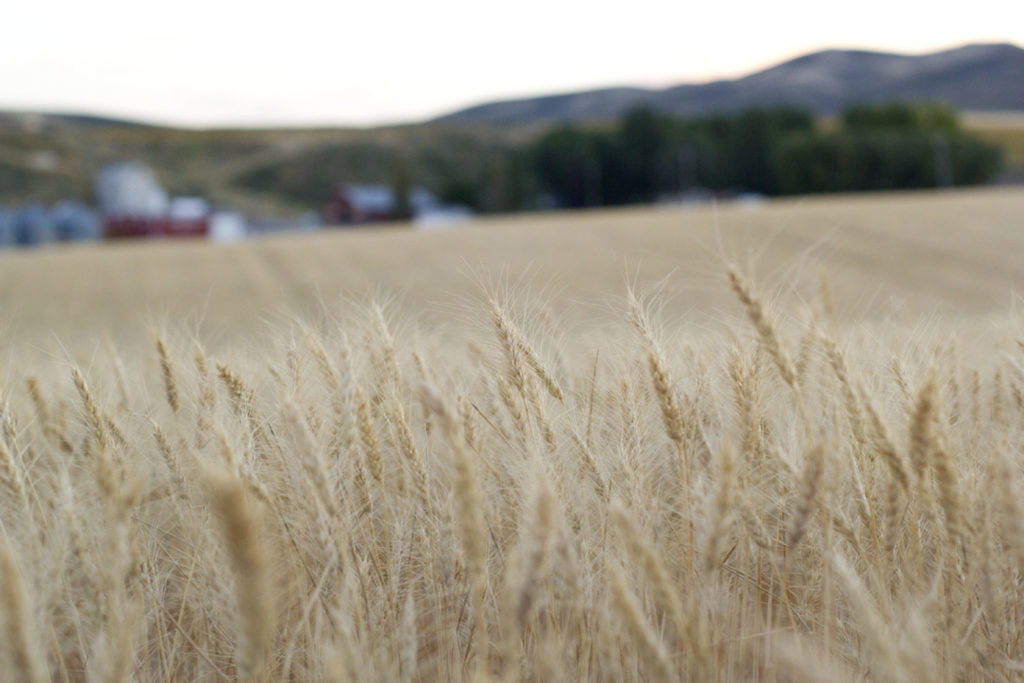
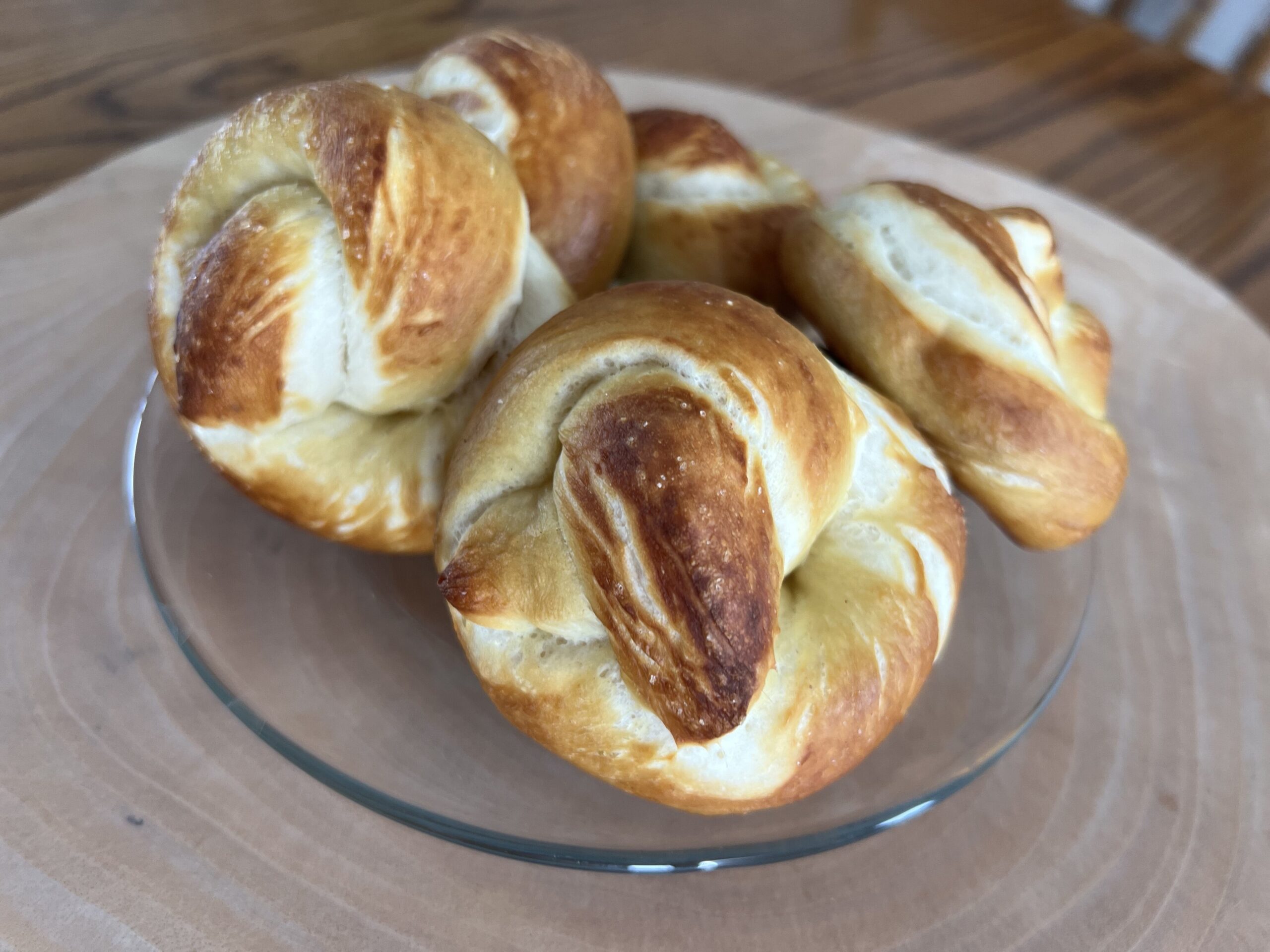




What brand of hard white wheat do you use ?
I get mine locally from a seed company. So it isn’t a certain brand that I have ordered online, just from someone we deal with locally. Azure Standard and Pleasant Hill Grain both sell bulk grains though if you are looking for an online source. Honeyville grain has some as well I believe.
So, if I grind my own wheat to use with your sourdough starter, should I use the hard white? I have hard and soft and even some red, but am still new to grinding my own, and not sure how using it as sourdough will possibly change it. Thanks!
I would! The red has a strong flavor that a lot of people don’t like, and the soft white I would keep just for using when you bake. you can use any flour in a recipe with the starter, but for the actual feeding of your starter, pick one and stick with it! The starter doesn’t like too much change with what it gets fed. Picky little thing . . .
Hi. I am trying to change a bread roll recipe that I use to make with all purpose flour into freshly ground whole wheat. My idea has been to use soft white, because I thought it to be more like an all purpose, but am I wrong? Can I NOT use soft white for yeasted breads?
Hi! Soft white is best for cakes/cookies/muffins, etc. When I use it I use it along side hard white or hard red for my bread. I just doesn’t rise as well or make as fluffy a loaf.